Let's talk Portuguese Water Dogs
As comfortable on land as they are in the sea, the Portuguese Water Dog is perhaps the original fisherman’s friend. Once an invaluable companion to Portuguese fishing crews, the Portuguese Water Dog is a natural swimmer who brings energy and enthusiasm to just about any task they’re given. Fun-loving with what comes across as a wonderful sense of humour, the Portuguese Water Dog makes a great companion for anyone who enjoys active adventures and plenty of affection. In both directions.
Official name: Portuguese Water Dog
Other names: Cão de Agus Português
Origins: Portugal
Drooling tendencies
1 out of 5Shedding Level
1 out of 5Energy level*
5 out of 5Compatibility with other pets
5 out of 5Warm weather?
3 out of 5Suited to apartment living
4 out of 5Family pet?*
5 out of 5Can stay alone
2 out of 5
| Male | Female |
|---|---|
| Height | Height |
| 48 - 58 cm | 43 - 53 cm |
| Weight | Weight |
| 19 - 25 kg | 16 - 22 kg |
| Life stages | |
|---|---|
| Adult | |
| 12 months to 7 years | |
| Mature | Senior |
| 7 to 10 years | From 10 years |
| Baby | |
| Birth to 2 months | |
Drooling tendencies
1 out of 5Shedding Level
1 out of 5Energy level*
5 out of 5Compatibility with other pets
5 out of 5Warm weather?
3 out of 5Suited to apartment living
4 out of 5Family pet?*
5 out of 5Can stay alone
2 out of 5
| Male | Female |
|---|---|
| Height | Height |
| 48 - 58 cm | 43 - 53 cm |
| Weight | Weight |
| 19 - 25 kg | 16 - 22 kg |
| Life stages | |
|---|---|
| Adult | |
| 12 months to 7 years | |
| Mature | Senior |
| 7 to 10 years | From 10 years |
| Baby | |
| Birth to 2 months | |
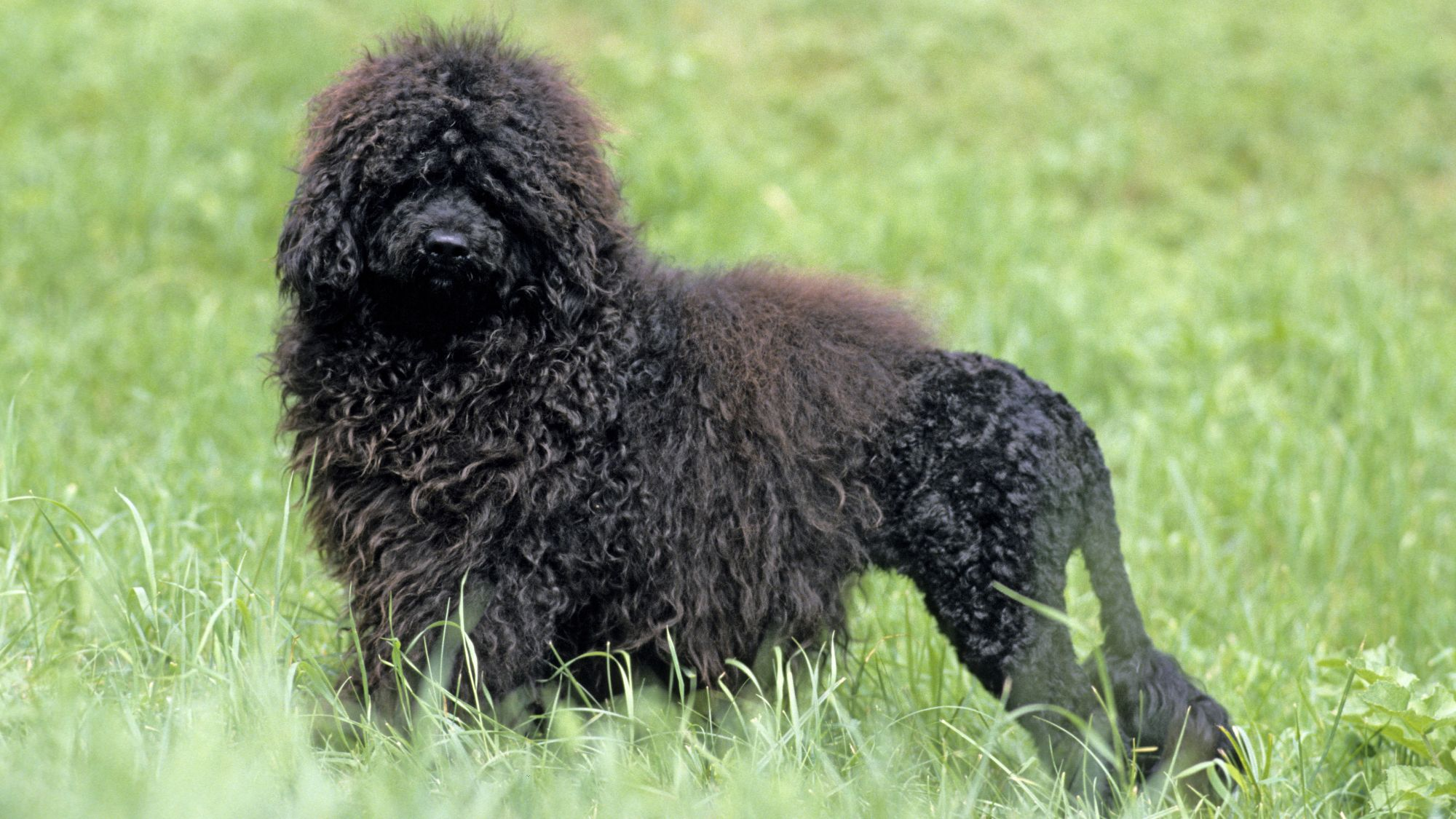
Get to know the Portuguese Water Dog
All you need to know about the breed
Given the Portuguese Water Dog’s age-old connection to water, the fact that it’s their middle name is anything but a surprise. In addition to an obvious passion for splashing, these aquatically inclined canines have webbed feet and a rudder-like tail that could give Michael Phelps a run for his money. Whether delivering messages on the high seas or working alongside fishermen, Portuguese Water Dogs have spent centuries putting their remarkable swimming and diving abilities to good use.
The medium-sized Portuguese Water Dog has a single, water-repellent coat that is tightly curled or wavy. Most owners keep their coat in a retriever clip, where the hair is trimmed to 1cm all over their body, or styled in the show-stopping lion clip, where the hair on the muzzle and hindquarters is shaved. Regardless of the coiffe, grooming your Portuguese Water Dog will take some effort, but the irresistibly adorable result is well worth it.
Fun-loving and enthusiastic, the Portuguese Water Dog is an active breed that adapts well to life indoors provided they get plenty of opportunities to spend their surplus of energy. It’s also important to keep your Portuguese Water Dog mentally occupied to discourage any undesirable behaviours that could arise if prolonged boredom sets in. Whether it’s dock-diving, retrieving balls from the water, or just hanging out, you can be sure the Portuguese Water Dog will be up for it—as long as it’s with you.
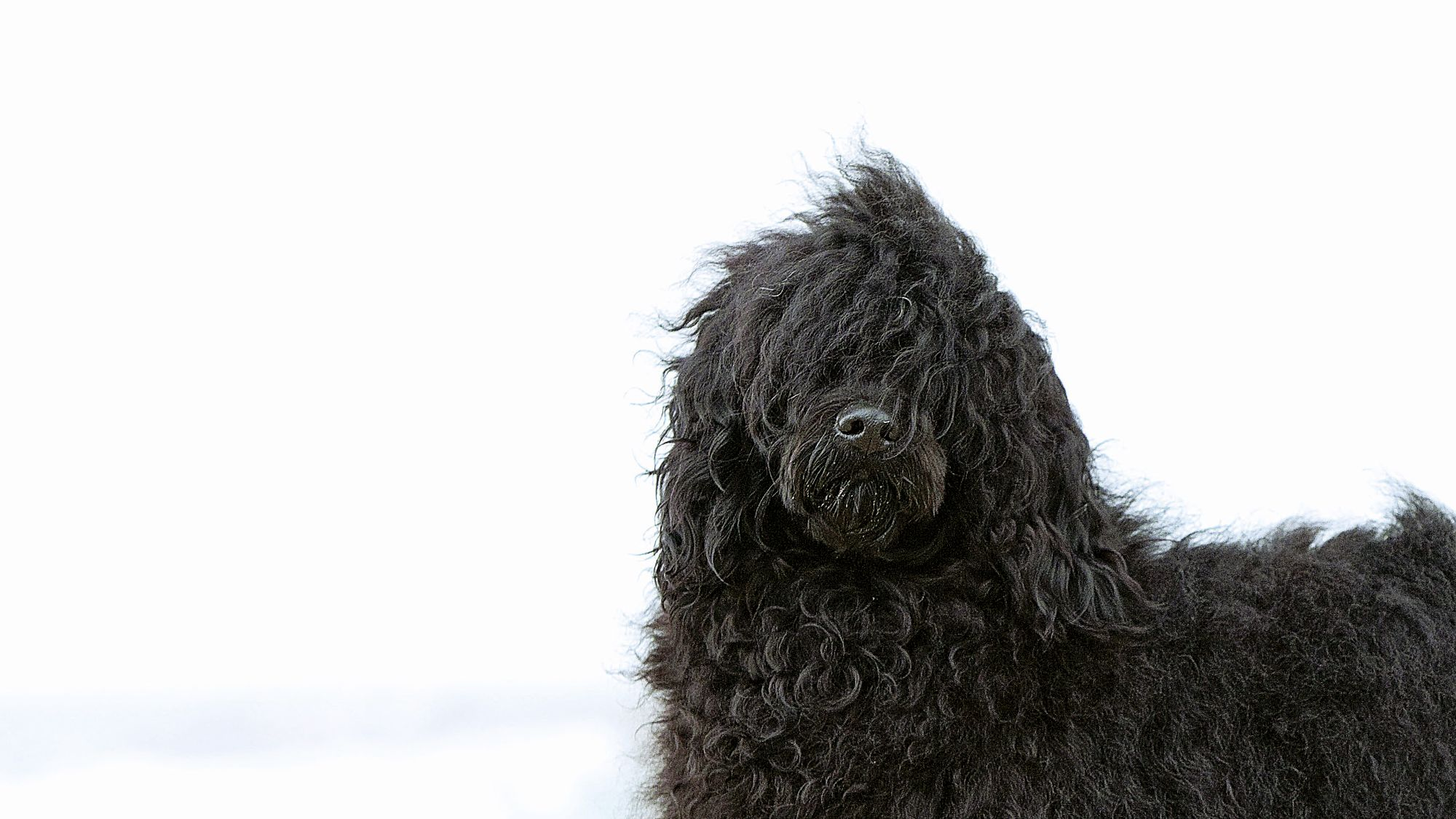
2 facts about Portuguese Water Dogs
1. Naval secrets
Portuguese Water Dogs not only provided essential service to fishing crews: In the 16th century, these skilled swimmers served the Spanish Armada by carrying messages back and forth between boats. Some even believe that, when the English defeated the Armada, some of these brave dogs made it to shore where they bred with local dogs. If true, the Portuguese Water Dog could have contributed to certain bloodlines like the Irish Water Terrier or the Kerry Blue Terrier.
2. Swimming in the big leagues
In the early 2000s, Don Novello, famous for playing Father Guido Sarducci on Saturday Night Live, and executives from the San Francisco Giants baseball team joined forces with Pets in Need, an organisation promoting animal adoption, to create B.A.R.K. or the Baseball Aquatic Retrieval Korps. So, which breed did they choose? That’s right, the Portuguese Water Dog. Six elite canines were trained to retrieve home run balls that landed in the waters behind the Giant’s PacBell stadium. The rogue balls, called “Splash Hits” were then auctioned off to support Pets in Need.
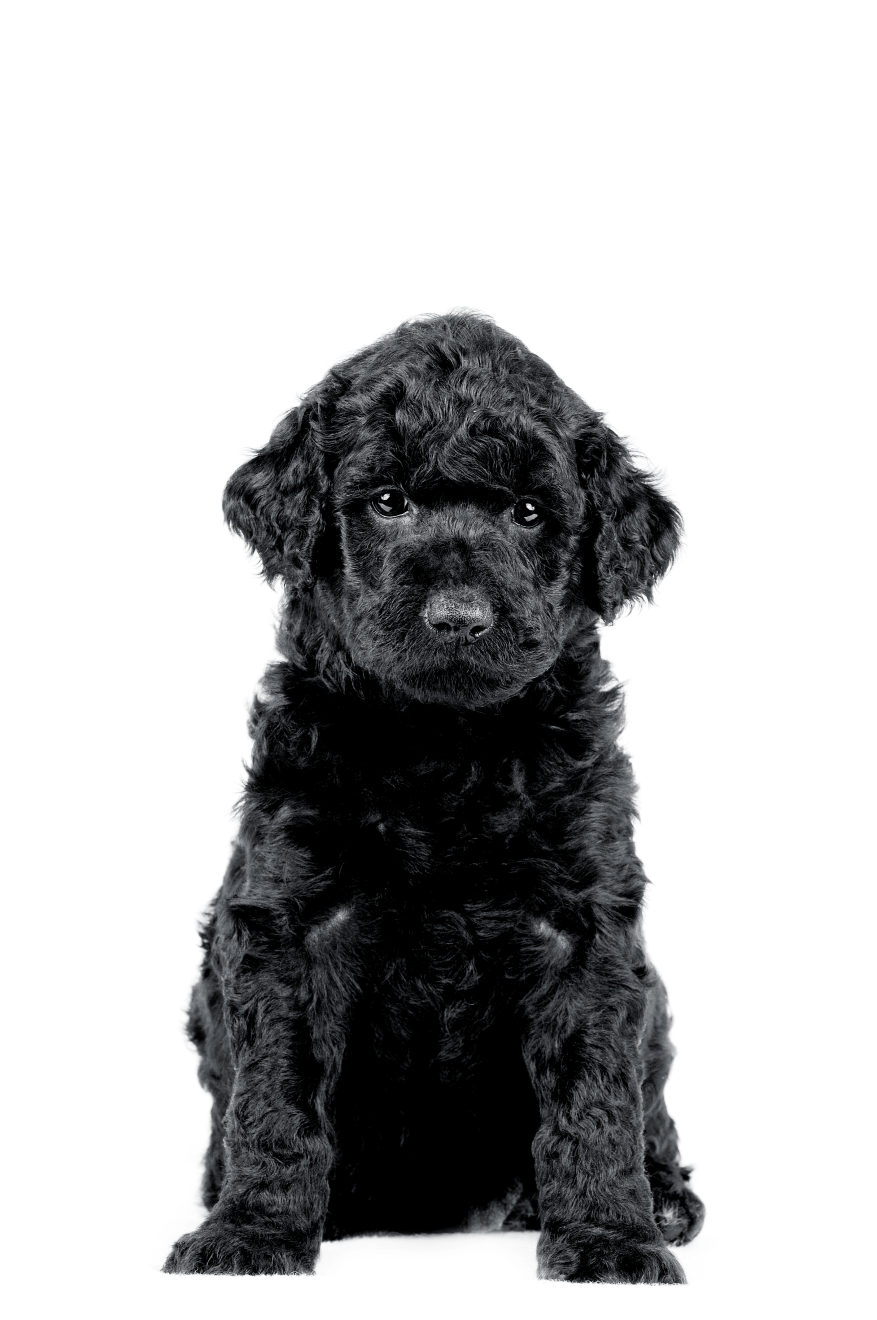
History of the breed
While it’s believed the Portuguese Water Dog is an ancient breed originating in the Central Asian Steppes around 700 B.C., how they came to Portugal remains a subject of speculation. The first written record of the breed dates back to 1297, when a monk wrote an account of a drowning sailor being saved by a dog resembling the Portuguese Water Dog. The rescue clearly made an impression because, by the 16th century, Portuguese Water Dogs were a mainstay of Portuguese fishing. The dogs were used for everything from guarding boats to retrieving fishing tackle from the water and herding fish into nets. Some say they even acted as foghorns, using their resonant bark to prevent collisions on the water.
The advent of commercial fishing in the 19th century meant the need for these hard-working fishing dogs waned, and they soon risked extinction.
Fortunately, in the 1930s, shipping magnate Vasco Bensaude launched an effort to save the Portuguese Water Dogs. A breed club was organised, and a standard was written. Portuguese Water Dogs began appearing in dog shows and, in 1958, arrived on American soil, where they continue to enjoy popularity as a beloved family pet.
From head to tail
Physical characteristics of Portuguese Water Dogs
1.Head
2.Ears
3.Coat
4.Body
5.Tail
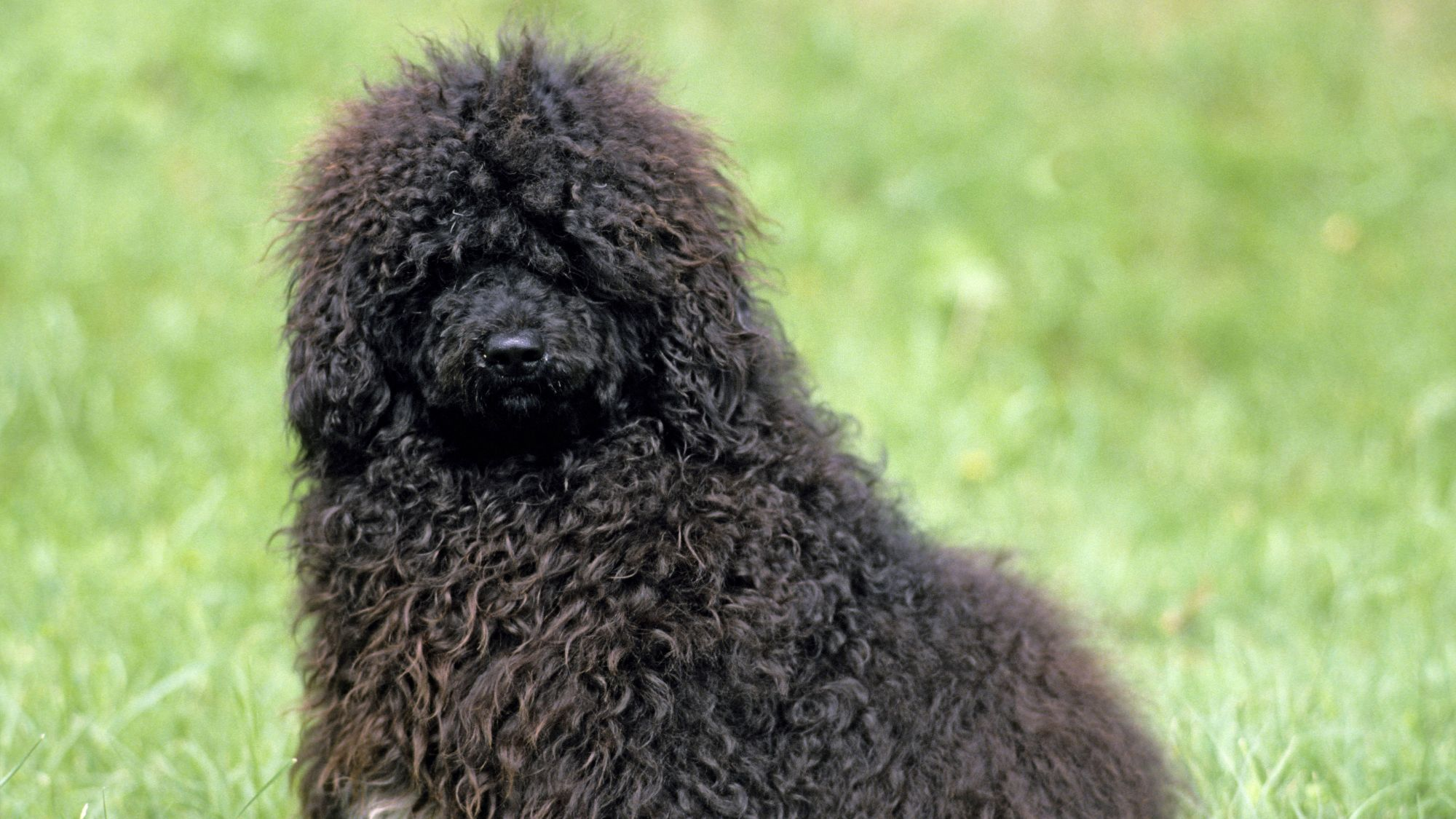
Things to look out for
From specific breed traits to a general health overview, here are some interesting facts about your Portuguese Water Dog
Screening is key
Progressive retinal atrophy (PRA) is a term encompassing a group of degenerative eye diseases that affect some dogs, including the generally healthy Portuguese Water Dog. PRA causes the eye’s photoreceptors to deteriorate over time, eventually resulting in blindness. While not painful or life threatening, PRA can impact your dog’s quality of life. Fortunately, responsible breeders screen their breeding stock and remove any dogs carrying PRA from their breeding program.
Family matters
Hip dysplasia is an inherited malformation of the hip joint wherein the ball and socket don’t fit properly together causing them to grind rather than slide smoothly. While more common in large breeds, hip dysplasia has been observed in smaller breeds like the Portuguese Water Dog. Should you notice symptoms such as decreased activity, hopping or running on three legs, or difficulty rising, it’s best to take your dog straight to the vet for examination. Fortunately, there are a multitude of treatments for hip dysplasia that can help improve your dog’s quality of life.
Healthy diet, healthier dog
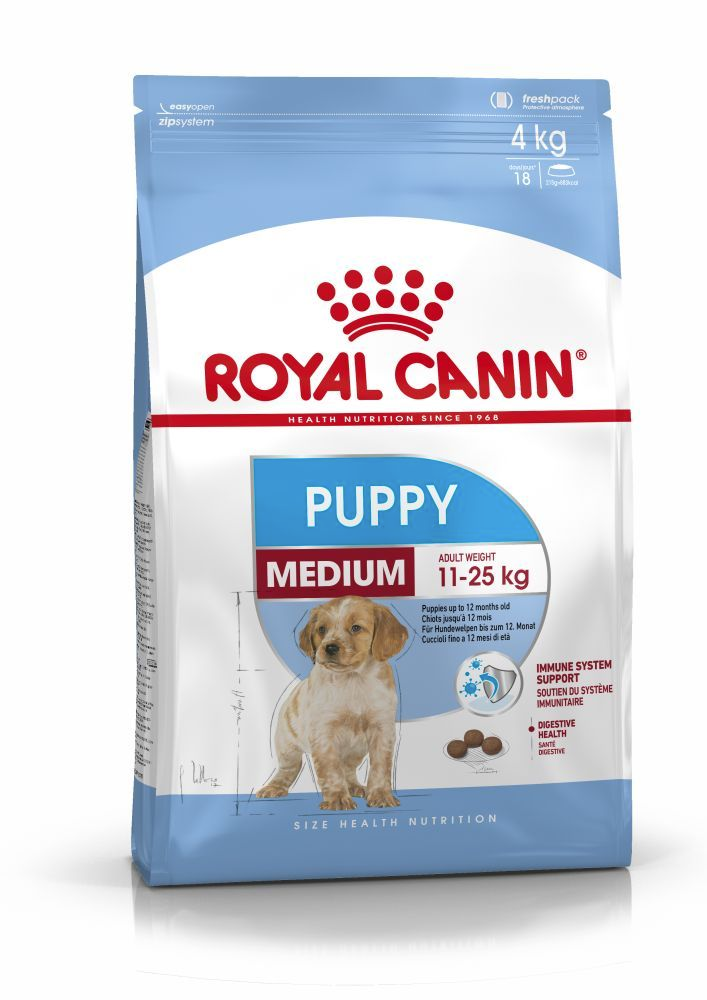
When choosing food for a Portuguese Water Dog, there are many factors to consider: Their age, lifestyle, activity level, physiological condition, and health including potential sickness or sensitivities. Food provides energy to cover a dog’s vital functions, and a complete nutritional formula should contain an adjusted balance of nutrients to avoid any deficiency or excess in their diet, both of which could have adverse effects on the dog.
Clean and fresh water should be available at all times to support good urinary regularity. In hot weather and especially when out exercising, bring water along for your dog’s frequent water breaks.
Energy intake may also have to be adapted to the climatic conditions. A dog that lives outdoors in winter will have increased energy requirements.
The following recommendations are for healthy animals. If your dog has health problems, please consult your veterinarian who will prescribe an exclusively veterinary diet.
A Portuguese Water Dog puppy’s requirements, in terms of energy, protein, minerals, and vitamins, are much greater than those of an adult dog. They need energy and nutrients to maintain their body, but also to grow and build it. Until they are 12 months old, a Portuguese Water Dog puppy’s immune system develops gradually. A complex of antioxidants – including vitamin E – can help support their natural defences during this time of big changes, discoveries, and new encounters. Their digestive functions are different from those of an adult Portuguese Water Dog, too: Their digestive system is not mature yet so it’s important to provide highly-digestible proteins that will be effectively used. Prebiotics, such as fructo-oligosaccharides, support digestive health by helping balance the intestinal flora, resulting in good stool quality.
Similarly, a puppy’s teeth – starting with the milk teeth, or first teeth, then the permanent teeth – are an important factor that needs to be taken into account when choosing the size, shape, and texture of kibble. This short growth phase also means high energy needs, so the food must have a high energy content (expressed in Kcal/100g of food), while concentrations of all other nutrients will also be higher than normal in a specially-formulated growth food. It is recommended to split the daily allowance into three meals until they are six months old, then to switch to two meals per day.
Throughout their life, it is important to avoid feeding Portuguese Water Dog human foods or fatty snacks. Instead, reward them with kibble taken from their daily meal allowance, and strictly follow the feeding guidelines written on the package in order to prevent excessive weight gain.
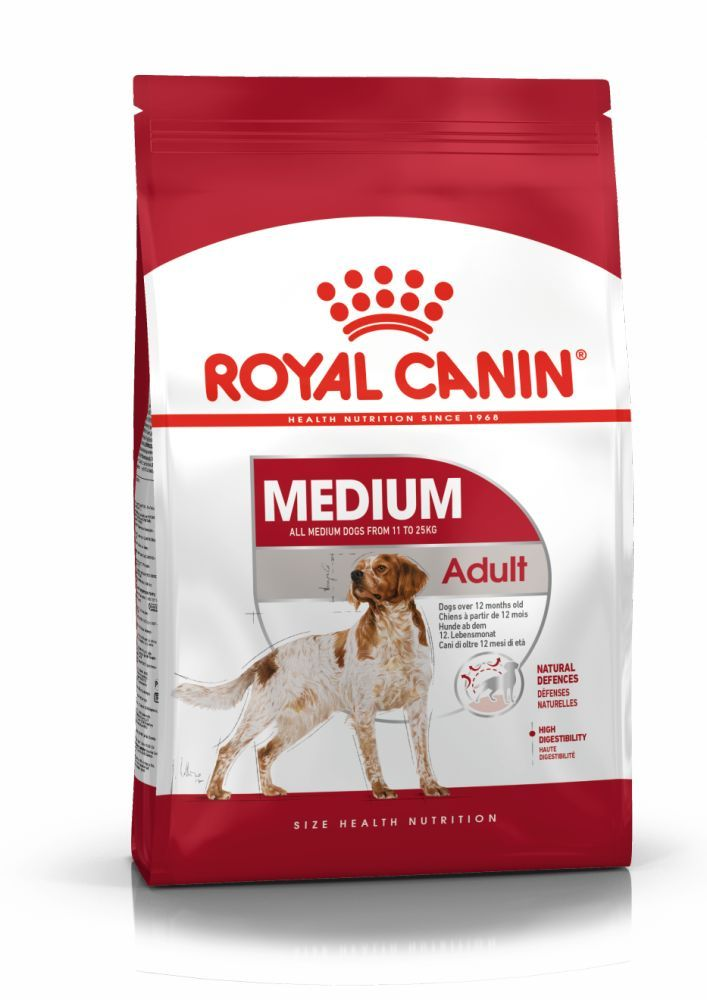
The main nutritional goals for adult Portuguese Water Dogs are:
Maintaining an ideal body weight by using highly-digestible ingredients and keeping the fat content at a sensible level.
Promoting optimal digestibility with high-quality protein and a balanced supply of dietary fibre.
Helping to preserve the health and beauty of the skin and coat with the enriched addition of essential fatty acids (especially EPA and DHA), essential amino acids, and B vitamins.
To help support their natural defences, a formula enriched with an antioxidant complex and containing mannan-oligosaccharides is recommended.
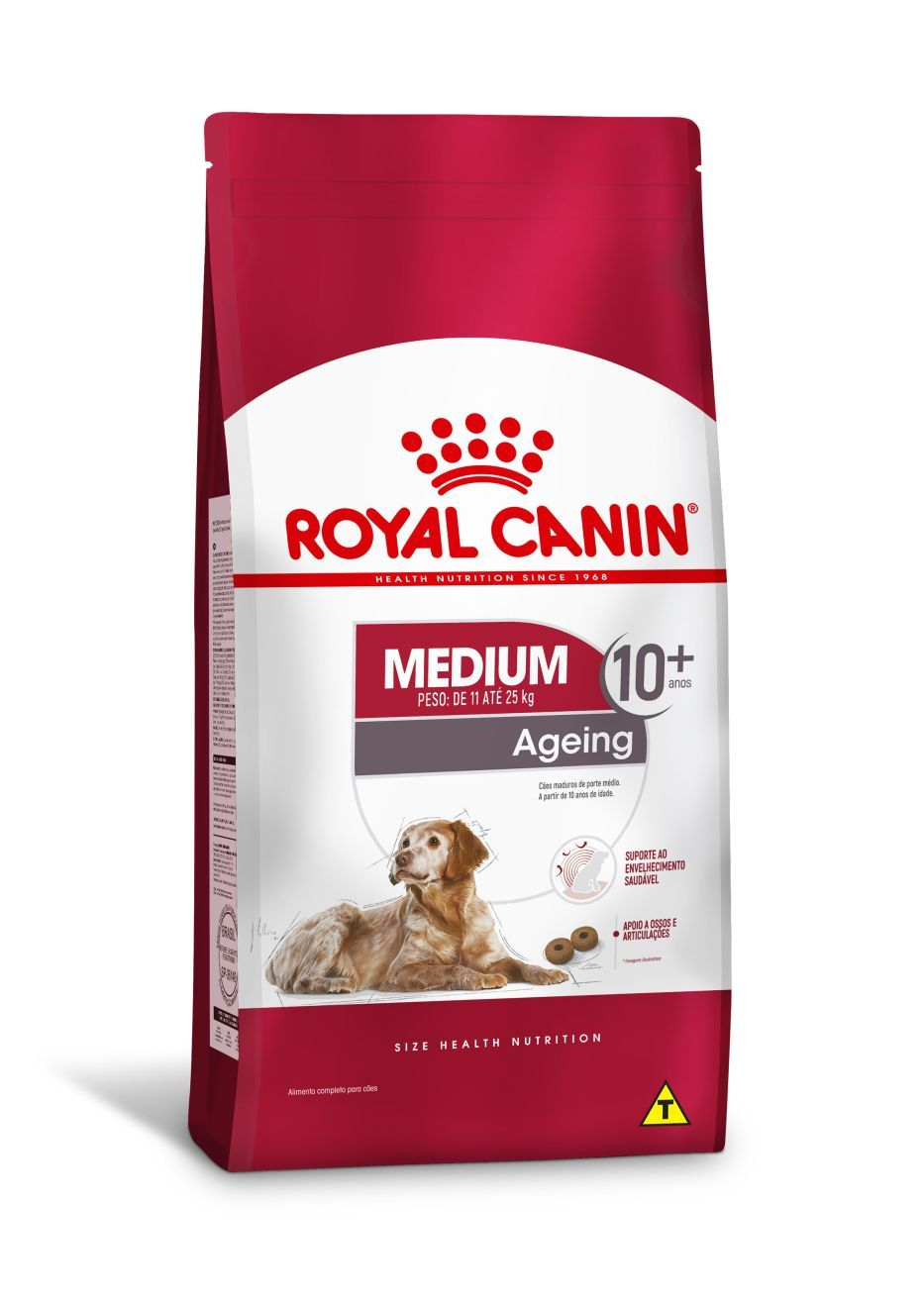
After 7 years old, Portuguese Water Dogs start facing the first signs of ageing. A formula enriched with antioxidants will help maintain their vitality, and specific nutrients, such as chondroitin and glucosamine, will help maintain healthy bones and joints. Ageing is also accompanied by the modification of digestive capacities and particular nutritional requirements, so food for older Portuguese Water Dogs should have the following characteristics:
Higher vitamin C and E content. These nutrients have antioxidant properties, helping to protect the body’s cells against the harmful effects of the oxidative stress linked to ageing.
High-quality protein. Contrary to a widely held misconception, lowering the protein content in food brings little benefit in limiting kidney failure. In addition, older dogs are less efficient at using dietary protein than younger dogs. Reducing the phosphorous content is a good way of slowing down the gradual deterioration of kidney function.
A higher proportion of the trace elements iron, copper, zinc, and manganese to help maintain the good condition of the skin and coat.
A higher quantity of polyunsaturated fatty acids to help maintain the quality of the coat. Dogs can normally produce these fatty acids, but ageing can affect this physiological process.
As they age, dogs increasingly suffer from teeth problems. To ensure they continue to eat in sufficient quantities, the shape, size and hardness of their kibble needs to be tailored to their jaw.
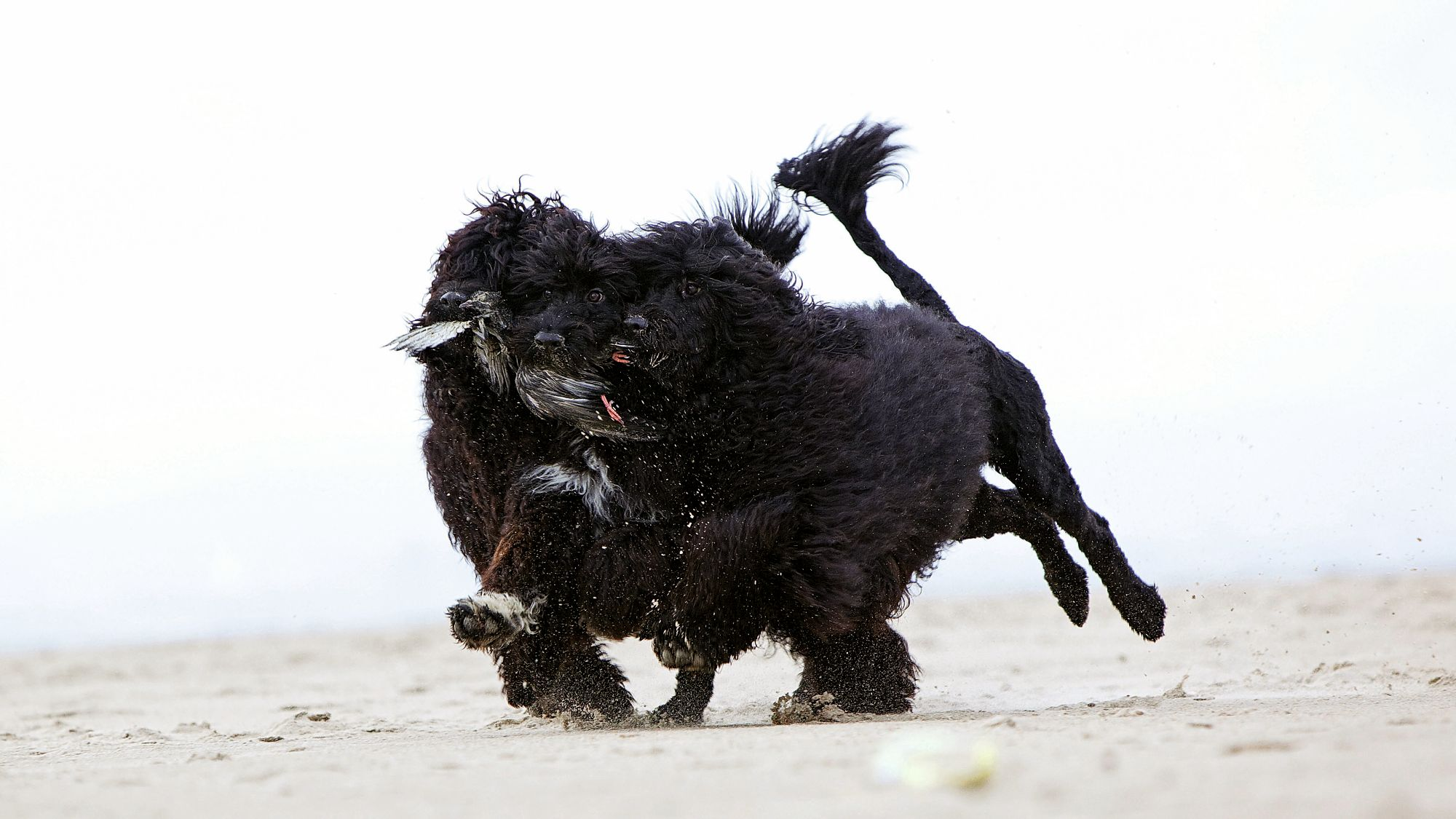
Caring for your Portuguese Water Dog
Grooming, training and exercise tips
The Portuguese Water Dog’s fast-growing hair should be brushed or combed three times weekly and cut monthly. Additionally, their coat should always be rinsed with fresh water after a dip. Make sure to brush teeth and wipe ears out regularly, checking for signs of infection.
Your Portuguese Water Dog should get at least 30 minutes to an hour of daily exercise. Luckily, these enthusiastic dogs are keen for just about any activity in addition to the obvious swim. Think jogging, hiking, playing fetch—the list goes on. Portuguese Water Dogs are fast learners who also happen to be fairly sensitive and, as such, respond best to training that uses positive reinforcement. These intelligent dogs benefit greatly from regular mental stimulation and are excellent candidates for obedience and agility training.
7/7
All about Portuguese Water Dogs
While the alert and protective Portuguese Water Dog makes a highly effective watchdog capable of barking to alert their owners of anything suspicious, their medium size and rather polite behaviour stop them just short of making good guard dogs.
Portuguese Water Dogs are deeply devoted to their human families and prefer to be with them as much as possible. They can tolerate being solo for short periods of time, if necessary, but should never be left on their own for hours at a time.
Suggested Breeds
Read more on this topic
- Veterinary Centers of America https://vcahospitals.com/;
- Royal Canin Dog Encyclopaedia. Ed 2010 and 2020
- Banfield Pet Hospital https://www.banfield.com/
- Royal Canin BHN Product Book
- American Kennel Club https://www.akc.org/
Like & share this page